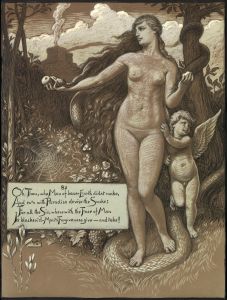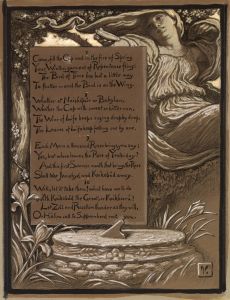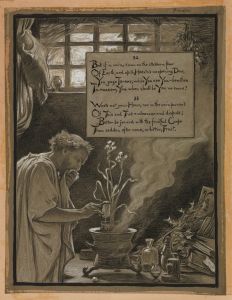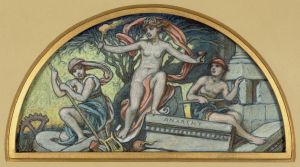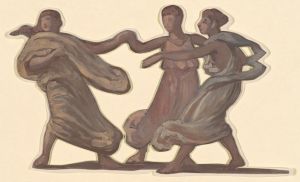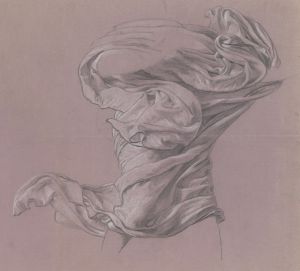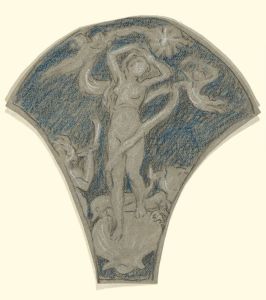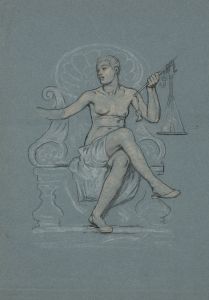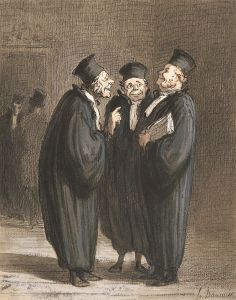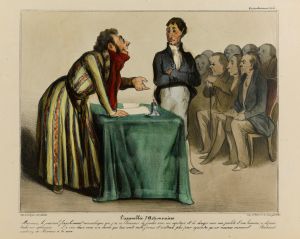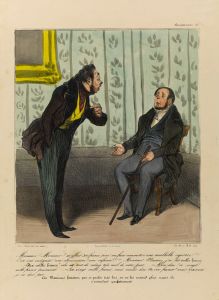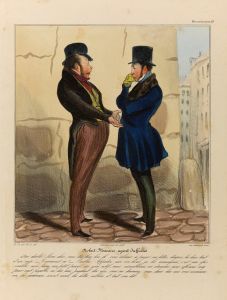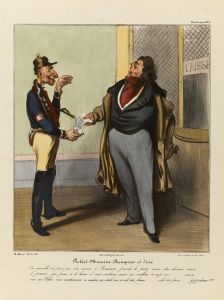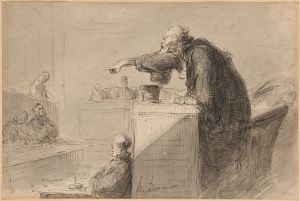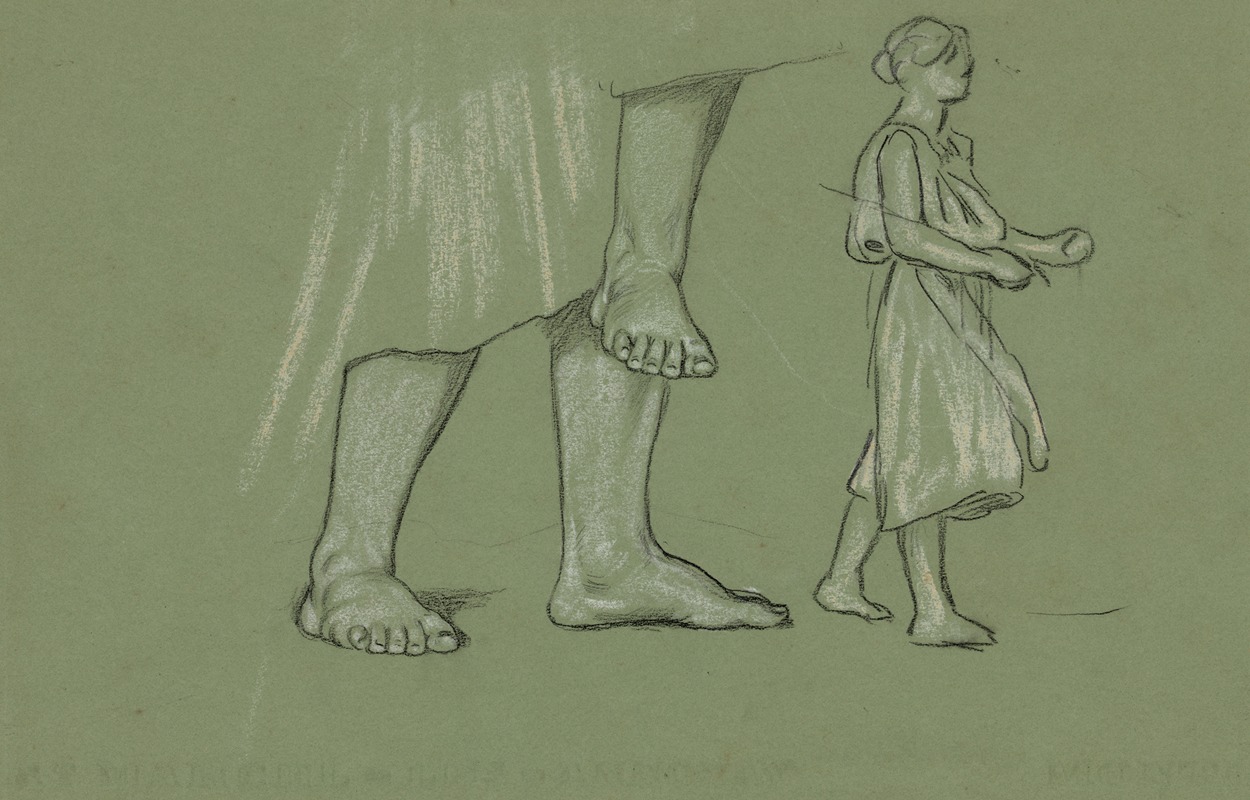
Study for Corrupt legislation
A hand-painted replica of Elihu Vedder’s masterpiece Study for Corrupt legislation, meticulously crafted by professional artists to capture the true essence of the original. Each piece is created with museum-quality canvas and rare mineral pigments, carefully painted by experienced artists with delicate brushstrokes and rich, layered colors to perfectly recreate the texture of the original artwork. Unlike machine-printed reproductions, this hand-painted version brings the painting to life, infused with the artist’s emotions and skill in every stroke. Whether for personal collection or home decoration, it instantly elevates the artistic atmosphere of any space.
"Study for Corrupt Legislation" is a painting by the American artist Elihu Vedder, known for his allegorical and symbolist works. Vedder, born in 1836, was a prominent figure in the American art scene during the 19th century and was particularly noted for his imaginative and often mystical style. His works frequently explored themes of morality, human nature, and the metaphysical, reflecting the broader cultural and philosophical currents of his time.
The painting "Study for Corrupt Legislation" is part of Vedder's exploration of societal and political themes, a subject that he approached with a critical and often satirical eye. Although specific details about this particular study are limited, it is understood to be a preparatory work, likely intended to develop ideas or compositions for a larger, more finished piece. Such studies were common practice among artists, allowing them to experiment with form, composition, and thematic elements before committing to a final version.
Vedder's interest in the theme of corruption in legislation can be seen as a reflection of the political climate of his era. The late 19th century in America was a period marked by significant political and social change, including the aftermath of the Civil War, the rise of industrialization, and increasing public awareness of political corruption. Artists and intellectuals of the time often engaged with these issues, using their work to comment on and critique the state of society.
In his broader body of work, Vedder often employed allegory and symbolism to convey complex ideas. His paintings frequently feature figures and motifs drawn from mythology, literature, and history, which he used to explore contemporary issues. This approach is consistent with the Symbolist movement, which sought to express the unseen realities and deeper truths of human experience through symbolic imagery.
While specific visual details of "Study for Corrupt Legislation" are not widely documented, it is likely that Vedder employed his characteristic style, which often included a muted color palette, intricate detail, and a focus on the human figure. His works are known for their dreamlike quality and the use of symbolism to convey moral and philosophical messages.
Elihu Vedder's contributions to American art extend beyond his paintings; he was also an accomplished illustrator and poet. His illustrations for Edward FitzGerald's translation of "The Rubaiyat of Omar Khayyam" are particularly celebrated and demonstrate his skill in blending visual art with literary themes.
Overall, "Study for Corrupt Legislation" fits within Vedder's oeuvre as an artist deeply engaged with the moral and ethical questions of his time, using his art to provoke thought and reflection on the nature of human society and governance.





